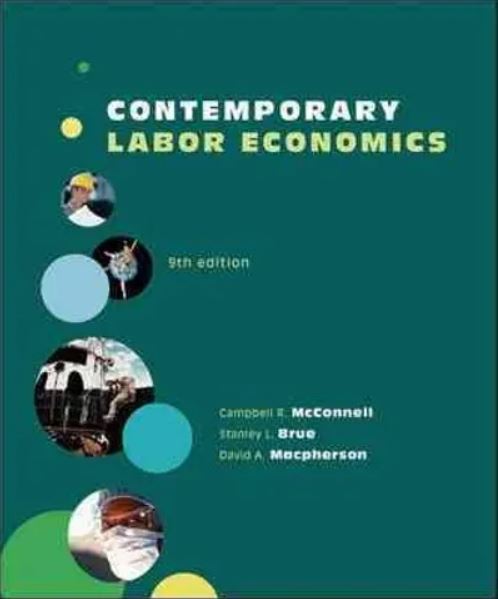
Contemporary Labor Economics 9th Edition by Campbell Mcconnell, Stanley Brue, David Macpherson, Robert Powell, David Colander
Edition 9ISBN: 9780073375953
Contemporary Labor Economics 9th Edition by Campbell Mcconnell, Stanley Brue, David Macpherson, Robert Powell, David Colander
Edition 9ISBN: 9780073375953 Exercise 13
The accompanying diagram restates the basic work-leisure choice model presented in Chapter 2. Use this diagram to explain the declining workweek occurring in the pre-World War II period, making explicit the assumptions underlying your analysis. We noted in the present chapter that the stability of the workweek in the post-World War II era has been attributed by various scholars to such considerations as (a) higher taxes on earnings, (b) acquisition of more education, and (c) advertising. Make alterations in the indifference curves or budget line of the diagram to indicate how each of these three factors might contribute to a relatively stable workweek despite rising before-tax real wages.


Explanation

This question doesn’t have an expert verified answer yet, let Examlex AI Copilot help.
Contemporary Labor Economics 9th Edition by Campbell Mcconnell, Stanley Brue, David Macpherson, Robert Powell, David Colander
Why don’t you like this exercise?
Other Minimum 8 character and maximum 255 character
Character 255


